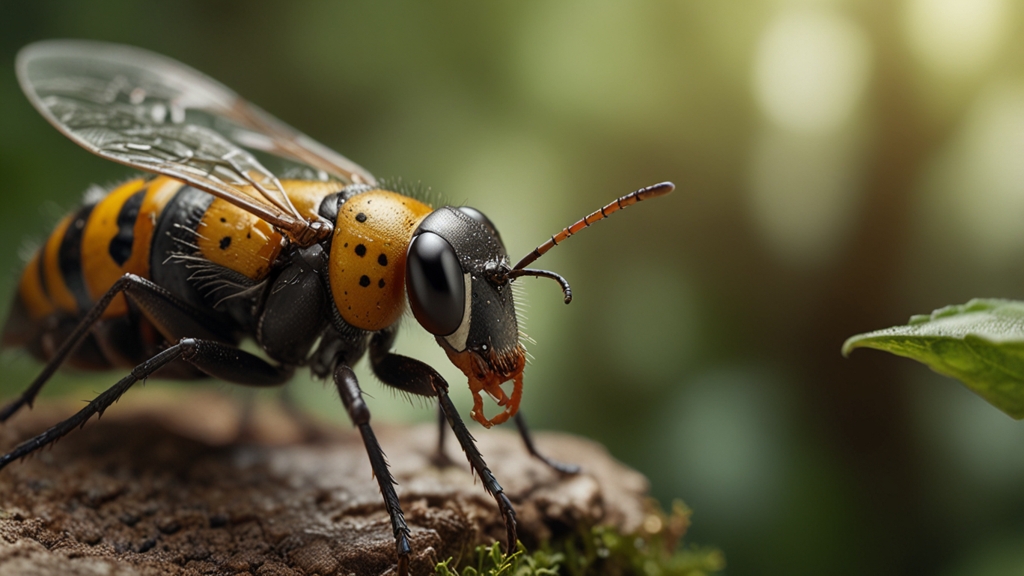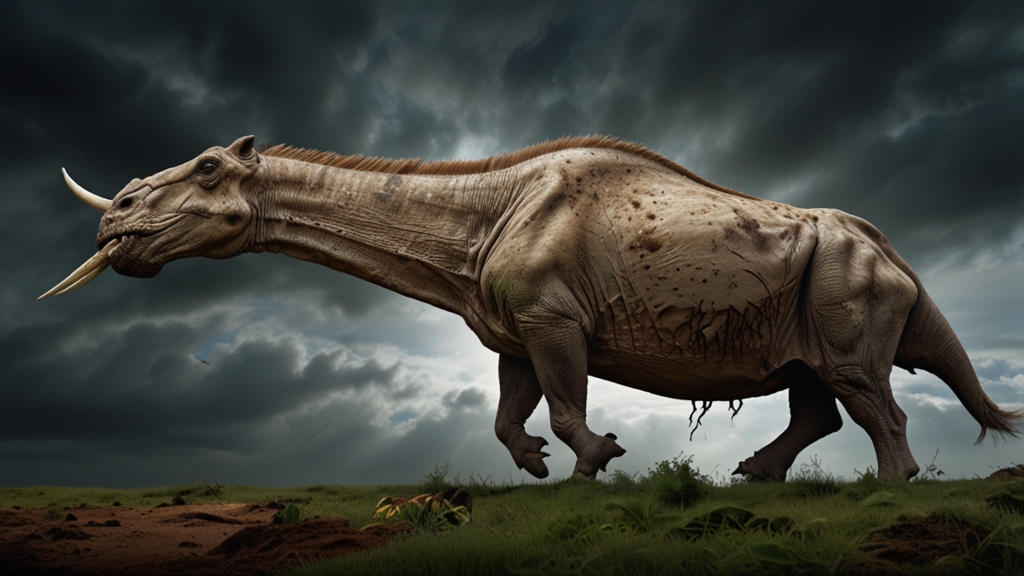The Endangered Puzzle: Piecing Together Wildlife Conservation
In the vast mosaic of our natural environment, each species plays a critical role in maintaining the delicate equilibrium that sustains life on Earth. However, the rapid decline of wildlife populations worldwide signals an impending ecological crisis. Conservationists across the globe strive to piece together solutions to protect and restore these endangered species, forming a complex puzzle with diverse challenges and collaborative solutions.
The Magnitude of the Crisis
According to the International Union for Conservation of Nature (IUCN), over 37,400 species are currently threatened with extinction. This alarming figure includes some of the most iconic animals, such as tigers, elephants, and rhinoceroses, as well as countless lesser-known species whose roles are equally vital. This biodiversity loss destabilizes ecosystems, affecting human well-being, agriculture, and global climate systems.
"When we save a species, we're actually saving ourselves. Healthy ecosystems provide numerous services that sustain and improve human life." - Rosalie Edge, Conservationist
Major Threats to Wildlife
The threats to wildlife are multifaceted, and each issue exacerbates the others. Habitat loss, driven by urban expansion, deforestation, and agriculture, remains the leading cause. Climate change further compounds these effects by altering habitats and food availability. Pollution, over-exploitation through hunting and fishing, and invasive species also contribute significantly to the decline of biodiversity.
These interconnected problems mean that conservation efforts must be versatile and adaptive. No single solution can address every issue; instead, a comprehensive approach that considers the myriad factors at play is essential.
Innovative Conservation Strategies
Conservation efforts span a spectrum of initiatives, from grassroots movements to international cooperation. Some of the most promising strategies include:
Protected Areas
Establishing and maintaining protected areas, such as national parks and wildlife reserves, provide safe havens for endangered species. These areas help to preserve critical habitats and offer sanctuary from poaching and human encroachment.
Sustainable Practices
Promoting sustainable agricultural, fishing, and forestry practices can minimize habitat destruction and over-exploitation. Initiatives like co-managing natural resources with indigenous communities have shown success in creating sustainable livelihoods while conserving biodiversity.
Climate Change Mitigation
Addressing climate change is crucial for wildlife conservation. Implementing renewable energy solutions, reducing carbon emissions, and reforestation efforts can mitigate the impacts of climate change on wildlife habitats.
Anti-poaching Measures
Technological advancements, such as drones and satellite surveillance, are being utilized to monitor and combat illegal poaching activities. Additionally, empowering local communities to become stewards of their environments has proven effective in reducing poaching.
"In the end, we will conserve only what we love; we will love only what we understand, and we will understand only what we are taught." - Baba Dioum, Environmentalist
The Role of Public Awareness and Education
Raising awareness and educating the public about the importance of biodiversity is a cornerstone of effective conservation. Engaging communities through wildlife documentaries, educational programs, and citizen science projects can inspire collective action. When people understand the intrinsic and extrinsic values of wildlife, they are more likely to support and participate in conservation efforts.
Moreover, involving young people in conservation activities fosters a new generation of environmentally conscious leaders. Schools and universities can incorporate conservation biology into their curriculums, and extracurricular activities can encourage hands-on involvement with local wildlife projects.
The Path Forward
The future of wildlife conservation relies on our collective ability to adapt, innovate, and collaborate. Governments, non-governmental organizations, scientists, and the public must work together to address the threats facing our planet's biodiversity. Conservation is not merely about saving animals and plants; it is about preserving the intricate web of life that supports us all.
The journey ahead is challenging, but each successful conservation initiative brings us one step closer to completing the puzzle. By piecing together our efforts, knowledge, and compassion, we can ensure that the next generations inherit a world rich in wildlife and natural wonders.











